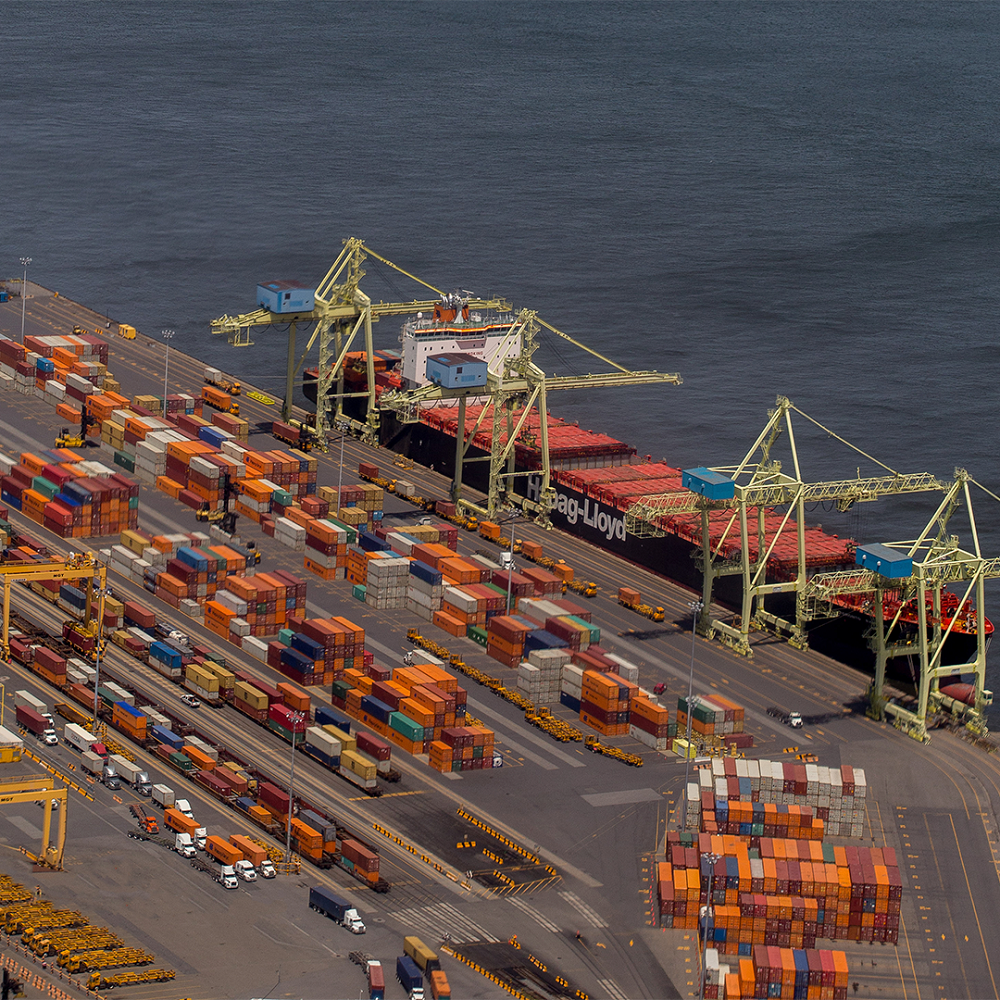
The Montreal Model: An Intermodal Platform That Shortens Distances
Intermodality’s important role in freight transport has a long history. We can agree that the container, the ultimate intermodal transport unit, changed everything. Its main advantage? You can change the mode of transportation, from ship to train or train to truck, without having to handle its content.
Each mode of transportation has its advantages, disadvantages, and financial and environmental costs. The point of origin and the final destination of the goods obviously play a fundamental role in the great logistics equation towards getting the goods timely and efficiently to their destination. But not only that.
Intermodal Platforms Aren’t All Equal
The configuration and efficiency of an intermodal platform will be among the many variables that the supply chain specialist will analyze. The quality, reliability, and regularity of services from the enterprises revolving around the ecosystem will also be taken into consideration, along with the nature of goods shipped, their volume, their value and how fast they need to get to their destination.
In addition, there are certain specifics to each mode of transport with their own associated costs. As a general rule, the cost/km of transporting a container by ship is lower than by train or truck. The transoceanic shipper will closely look at the marine portion of the trip. Then, depending on the final destination, they’ll choose whether the rest of the trip is by train, truck, or a combination of both.
A Maritime Intermodal Platform Located 1,600 KM Inland!
One of the main advantages of our intermodal platform is its strategic location. We are closer to the US Midwest than all other international ports on the East Coast. This gives us better access to the industrial heartland of North America. The rail distance between Montreal and Chicago is indeed only 1,355 kilometres (842 miles), while it is 1,525 km (948 miles) from New York and 1,700 km (1056 miles) from Norfolk.
Considering that the rail portion represents on average 40% of the total cost of container transport between Europe and the Midwest, the shorter the land distance to be travelled, the better the cost effectiveness.
The Montreal Model
Our proximity to the Midwest is just one advantage that sets our intermodal hub apart from other ports. Our entire operational efficiency and how we manage the optimal flow of goods is recognized throughout North America as the “Montreal model”.
Trains
The Port operates its own 100 km of on-dock railways. Container convoys get assembled at the foot of the ships, and then get routed daily to major markets in Ontario and the US Midwest via the Canadian National and Canadian Pacific rail networks.
Trucks
Our way to respond to the increase in traffic over the last few years has been to work with local tech partners to develop cutting-edge solutions, like the PORTal trucking web application. Not only does it give live terminal wait-times to trucking companies, but it also gives a prediction of delays for the next 24 hours. This information allows truckers and dispatchers to plan their routes to the Port terminal gates based on peak times, making the process more fluid.
And That’s Not All!
We work closely with our partners to constantly optimize the efficiency of our intermodal platform. Several projects have already started, including:
- The construction of a new container terminal in Contrecœur with a capacity of 1.15 million TEU containers. The first phase of operation is scheduled for 2024.
- Adding 6 km of tracks and switches so the Port’s rail network to handle longer convoys. The initial planning has been completed and work will begin in 2021.
- The redevelopment of the Bickerdike terminal with updated truck access, increased electrical capacity, and improvements made to storage and handling areas. Completion is scheduled for next year.
- The reactivation of container cabotage between Montreal and Toronto, thanks to the collaboration of Groupe Desgagnés and the maritime carrier MSC.
Each shipment of merchandise is unique. By giving importers and exporters the option to “shorten” the distance between Ontario, the US Midwest, and Europe and the Mediterranean, we help them stay competitive. And today, that’s more important than ever.
